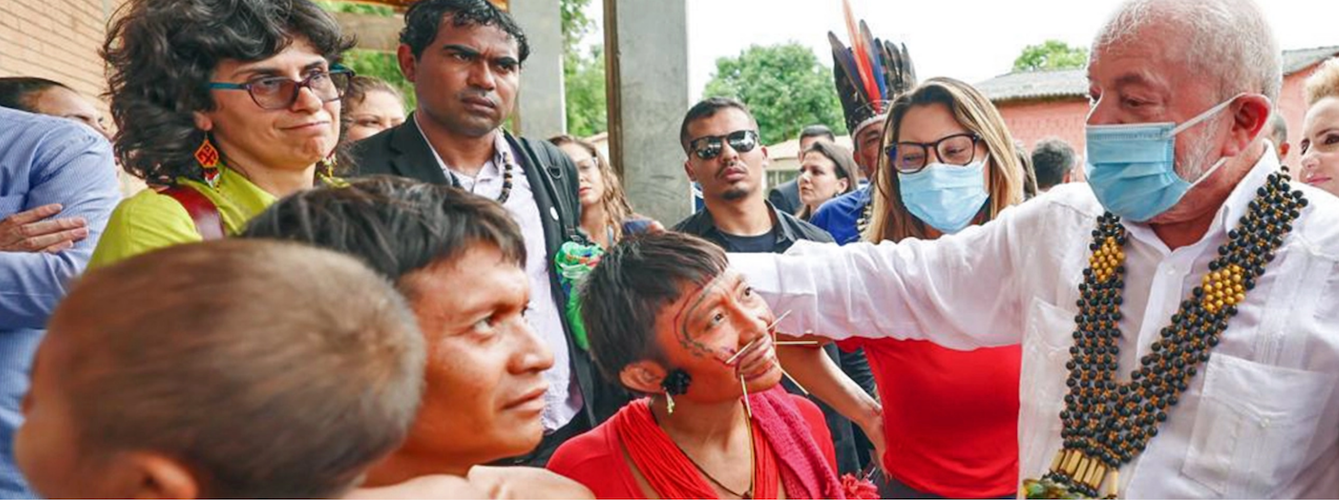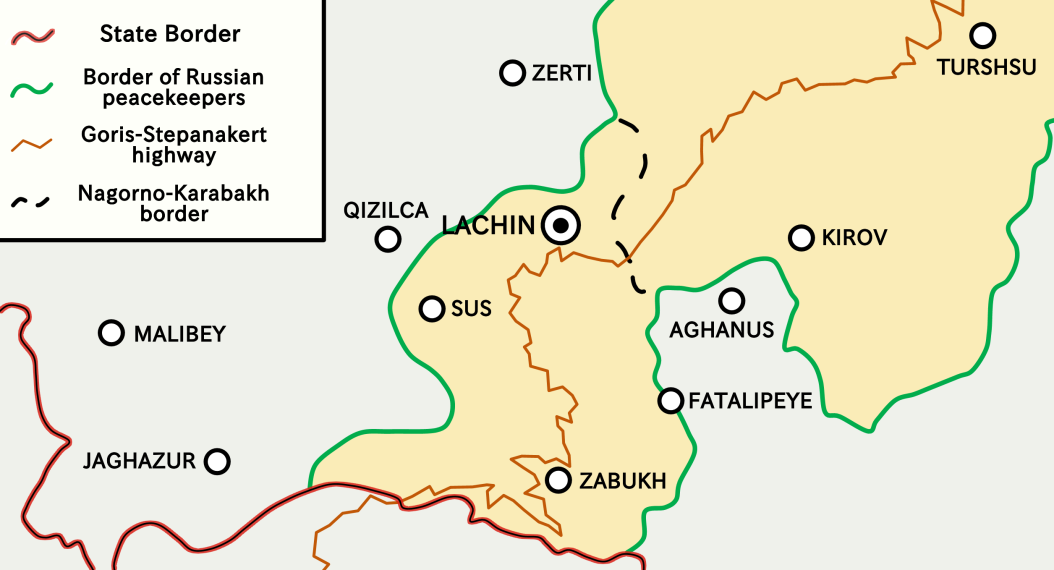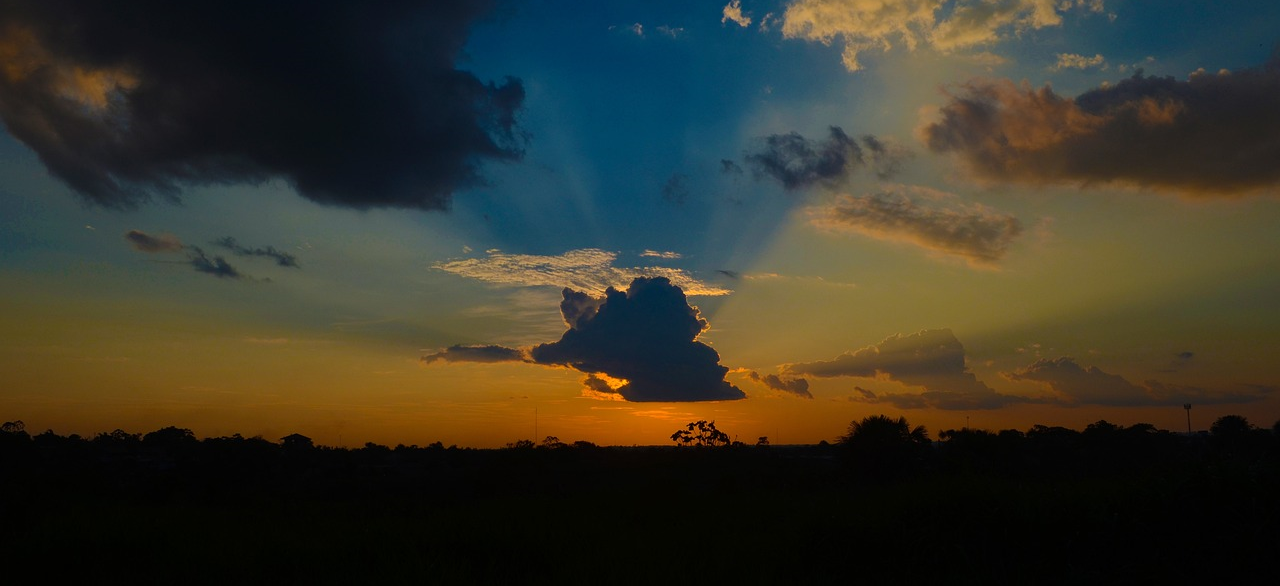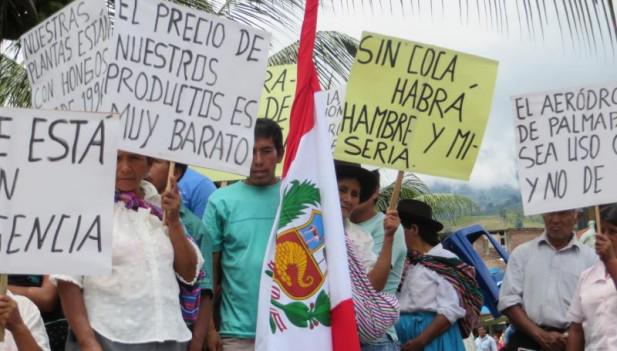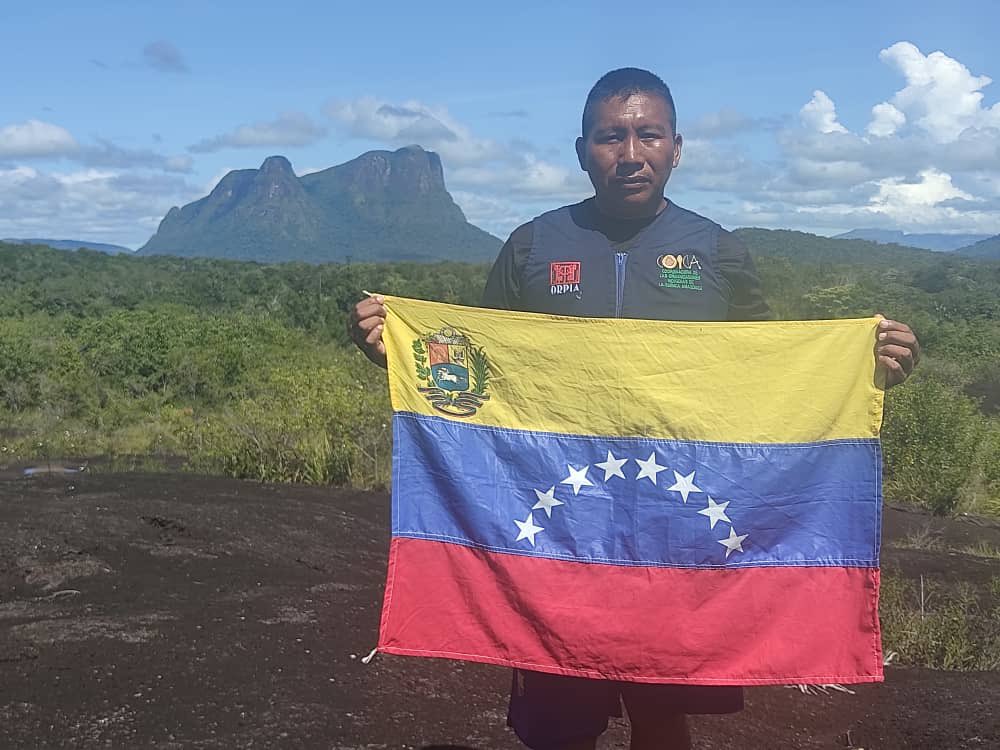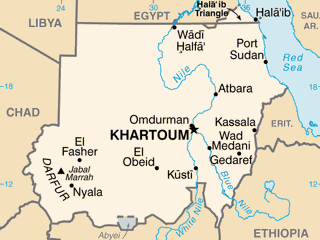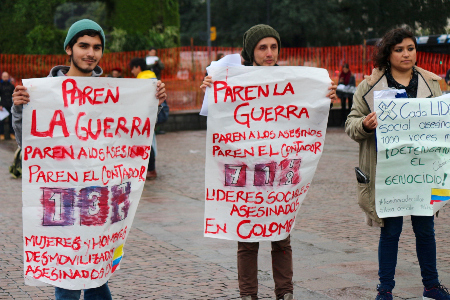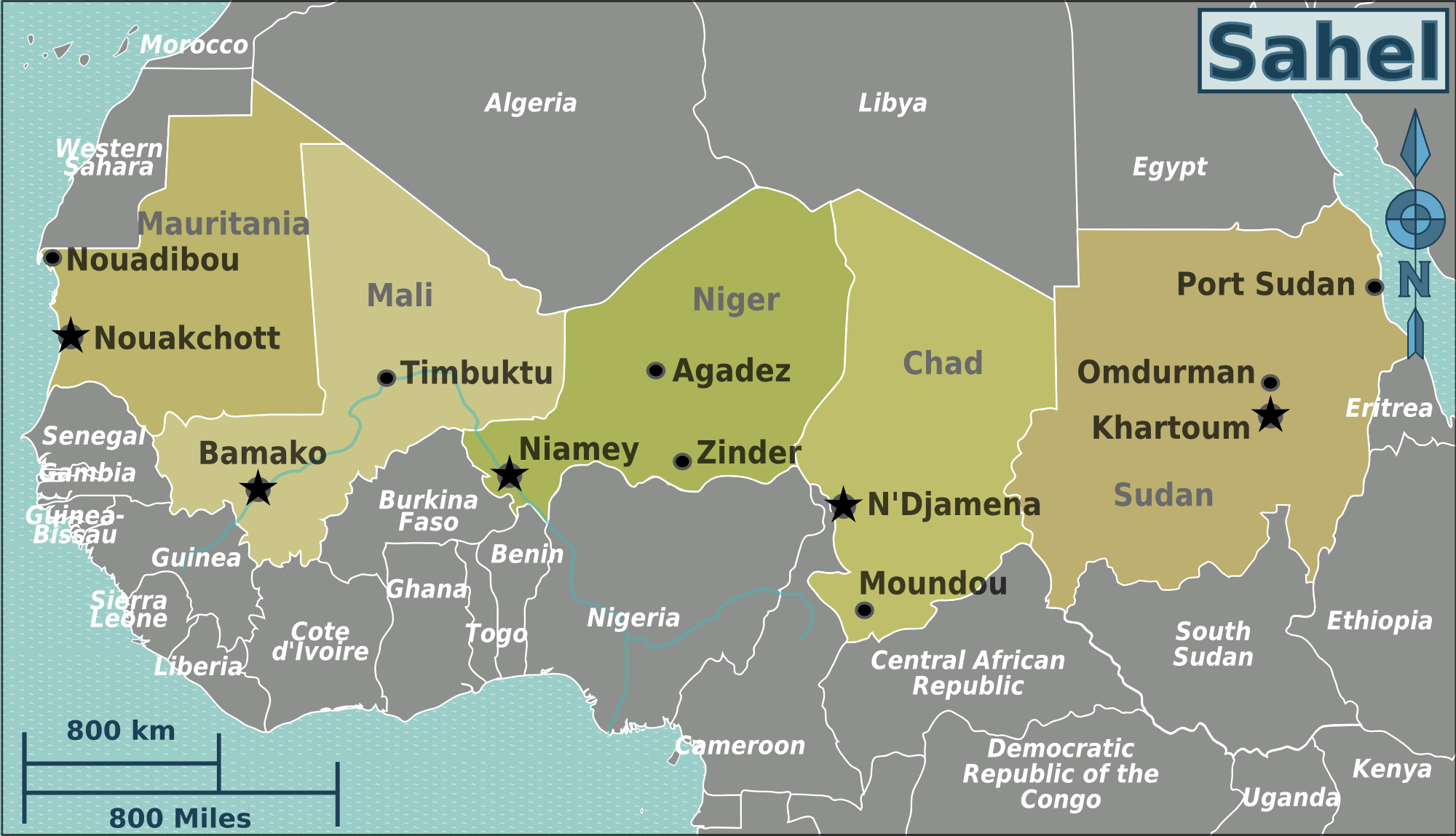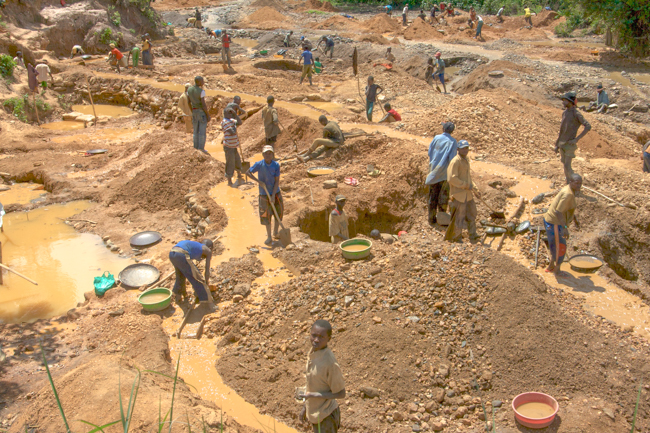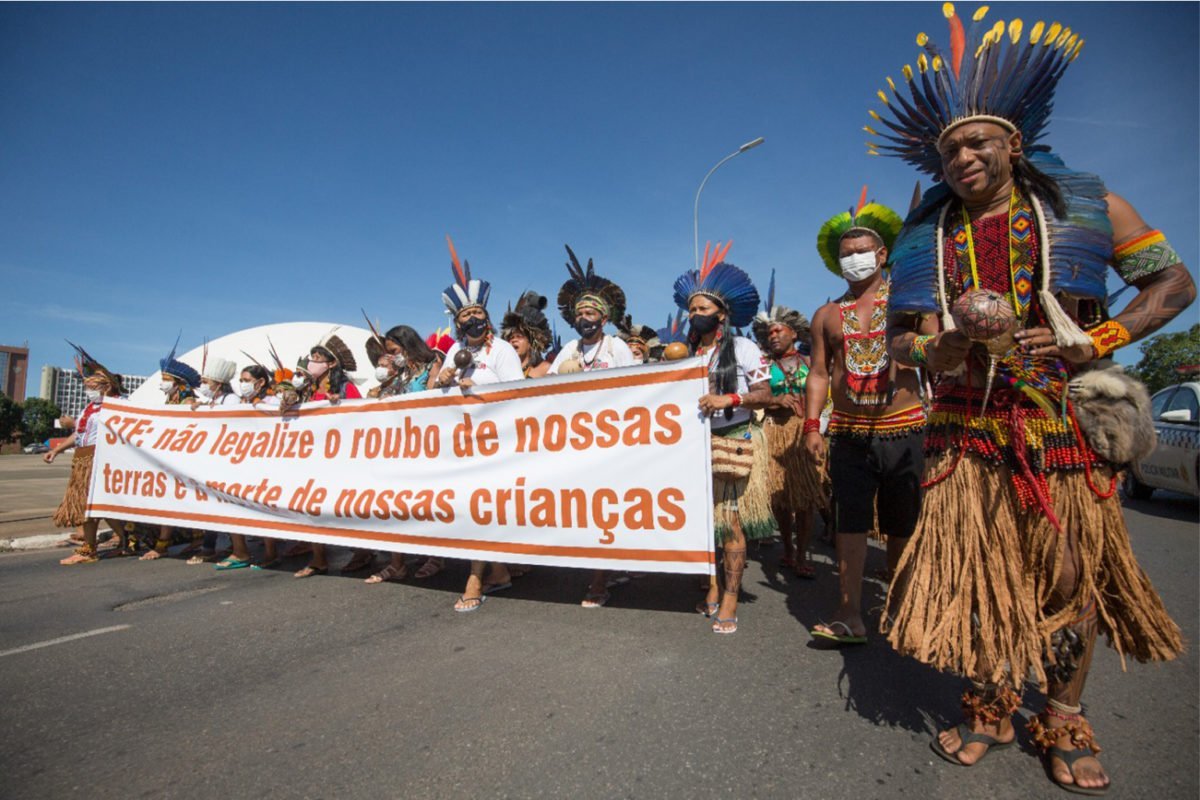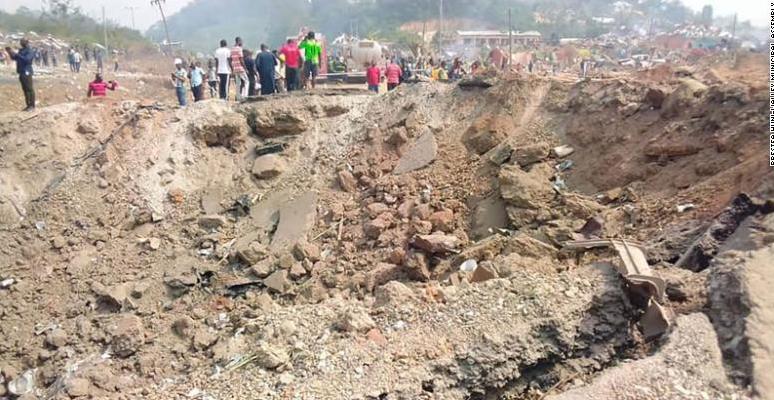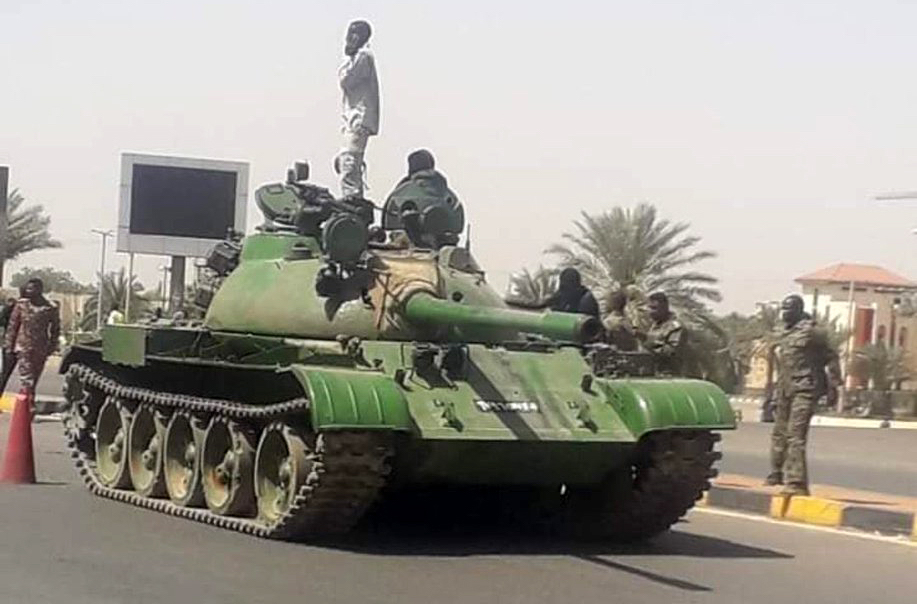
Russian ‘fingerprints’ on Sudan coup attempt
As fighting continues in Sudan, derailing a transition to democratic rule that was slated for this month, commentators note Russia’s connection to the paramilitary Rapid Support Forces (RSF) that sparked the crisis by attempting a coup d’etat. The Kremlin’s notorious mercenary force, the Wagner Group, is said to be engaged in illegal gold mining operations in Darfur and Kordofan regions in collaboration with the RSF. Operations at a Wagner-protected mine owned by RSF warlord Mohammed Hamdan Dagolo AKA “Hemeti” in the Nuba Mountains of South Kordofan have sparked protests by locals over land-grabbing and pollution. The arrangement points to a Kremlin-backed design to make the RSF economically independent of the Sudanese state in preparation for a seizure of power. (Photo via Dabanga Radio)



